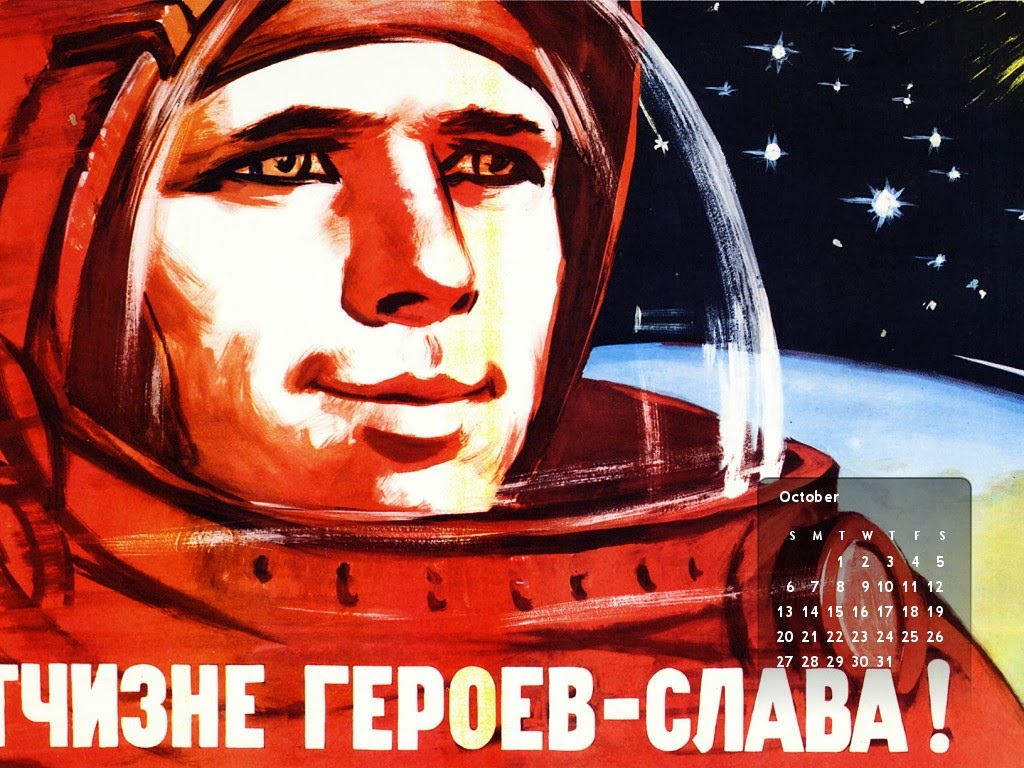 Jim Staley: Mumbo Jumbo. 1993. Einstein Records: 004.
Jim Staley: Mumbo Jumbo. 1993. Einstein Records: 004.Jim Staley: trombone
Wayne Horvitz: piano, dx-7, rx-11 drum machine
Elliott Sharp: double-neck guitar/bass, soprano saxophone
Shelley Hirsch: voice
Samm Bennett: drums, percussion, electronic percussion
Bill Frisell: guitar
Ikue Mori: drums, drum machine
Fred Frith: electric guitar, acoustic guitar, vocals
John Zorn: alto saxophone
Mumbo Jumbo is a set of trios that combine Jim Staley's trombone with two members of the downtown New York scene at a period when my ears fell hard for that downtown sound. And here we have the Bill Frisell sound that first captured and redirected my attention. Here we have the Elliott Sharp sound that became an early addiction. Ikue Mori at a time when drum machines were her noise device of choice. Jim Staley's trombone holds his own in these freely improvised trios. Leaving this gem of sonic shards.
 Roscoe Mitchell Sextet: Sound. 1966 (re-released in 1996). Delmark Records: DE-408.
Roscoe Mitchell Sextet: Sound. 1966 (re-released in 1996). Delmark Records: DE-408.Roscoe Mitchell: alto saxophone, clarinet, recorder, etc.
Lester Bowie: trumpet, flugelhorn, harmonica
Lester Lashley: trombone, cello
Maurice McIntyre: tenor saxophone
Malachi Favors: bass
Alvin Fielder: drums
Sound was an early shot across the bow from the AACM. A first aural glimpse into the sound worlds being crafted by Roscoe Mitchell and his collaborators. The spontaneity of this record manages to resonate through the decades with an unmistakable joy and many startling turns within the dialogue between players on the two takes of the title track. Roscoe Mitchell's prowess on reeds is already evident in his debut. The presence of Lester Bowie and Malachi Favors brings on the ache of their absence today. To my ears, it is the cello work of Lester Lashley on the two takes of "Ornette" that is a pleasant surprise. This record is more than a statement of what is to come with this movement of Great Black Music. It is a document that stands on its own as a masterpiece of free jazz.
 Edgard Varese: The Complete Works. 1994, 1998. Decca: 289 460 208-2.
Edgard Varese: The Complete Works. 1994, 1998. Decca: 289 460 208-2.Royal Concertgebouw Orchestra
ASKO Ensemble
Riccardo Chailly: conductor
Tuning Up
Ameriques (original version)
Arcana
Poeme Electronique
Nocturnal
Un Grand Sommeil Noir (orchestral version)
Un Grand Sommeil Noir (original version)
Offrandes
Hyperprism
Octandre
Integrales
Ecutorial
Ionisation
Density 21.5
Deserts
Dance for Burgess
Dear Chicago Symphony,
You have a fantastic brass section. It is loud and sounds amazing in your concert hall. The music of Edgard Varese may be the ideal way to show off those brass chops. Think about it. I'd positively melt given a chance to hear Nocturnal in that concert hall. Or Ecuatorial. Or if we wanted to be ambitious; Deserts.
Yours truly,
HurdAudio
Taking in the full creative output of Edgard Varese in one sitting is an incredible listening exercise. With these recordings by the Royal Concertgebouw Orchestra and the ASKO Ensemble we have a solid collection of definitive performances that allow the ears to steep within this monumental touch stone of twentieth century music. Music that has aged well and is perpetually overdue for a revival. Or an orchestra boasting a top notch brass section looking for ways to show off.










